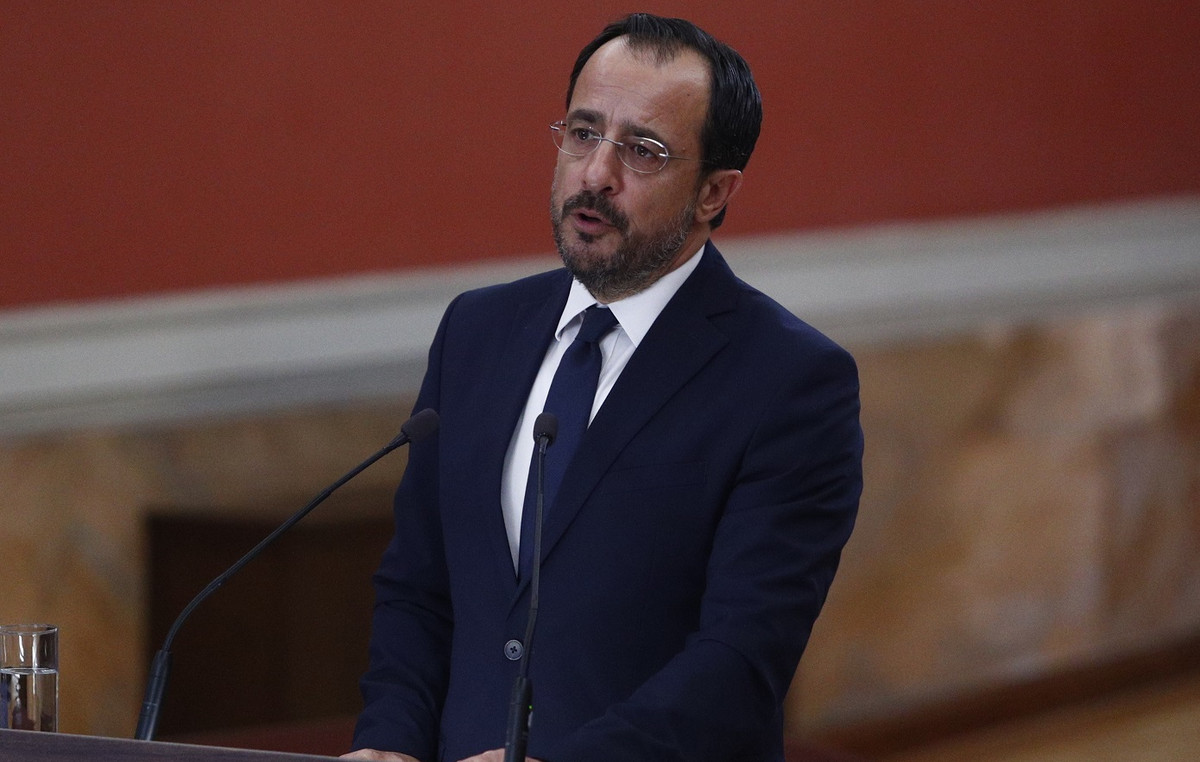The large-scale naval exercises to begin in the Baltic Sea, involving some 30 ships and more than 3,000 members of Western military forces, will for the first time focus on ways to repel a Russian of an attack in the area, the head of the German said today Navy.
“We are sending Russia a clear message of vigilance: Not while we are here,” Vice Admiral Jan Christian Kaak told reporters in Berlin. “Credible deterrence must include the ability to strike.”
The high schools will start on September 9 and will last two weeks on the coasts of Latvia and Estonia. They will involve military forces from all NATO countries in the Baltic Sea, Sweden, which is expected to join the Alliance, as well as the US, Canada, the Netherlands, Belgium and France. The exercises will include amphibious operations, sea-to-land strikes and securing sea lanes through the Baltic Sea
The US Navy (Navy) will send the Mesa Verde, a ship more than 200 meters long, designed to carry and disembark about 800 Marines in an amphibious assault.
“Finland and the Baltic states are almost 100% dependent on maritime supply routes through the Baltic Sea,” noted the German vice admiral.
“If the Suwalki Corridor is blocked – and that can be easily doneas there are only two roads and a railway line – then we will only be left with the sea routes and from there we will have to go.”
The Suwalki Corridor, a narrow land corridor of about 65 kilometers, is the Baltic states’ only land link with Poland and the main NATO territory in Europe.
The high schools are the first of this scale to be led by the German Navy, the largest navy in the Baltic Sea, Kaak said from the German navy’s new headquarters in Rostock, which has just been put on operational alert.
Germany aims to cede the facility to NATO for a regional naval headquarters capable of leading Alliance operations in the Baltic Sea in case of war conflict.
Finland joined NATO this year and Sweden’s application to join is expected to be approved soon. These two Nordic countries abandoned their neutrality policy and moved to join NATO in the wake of the Russian invasion of Ukraine.
Thus, a large part of the coast of the Baltic Sea, which belonged to states that observed neutrality since the Napoleonic period. Except for Russia’s small stretch of coast, the entire coast will soon belong to NATO members.
Source: News Beast
With 6 years of experience, I bring to the table captivating and informative writing in the world news category. My expertise covers a range of industries, including tourism, technology, forex and stocks. From brief social media posts to in-depth articles, I am dedicated to creating compelling content for various platforms.







